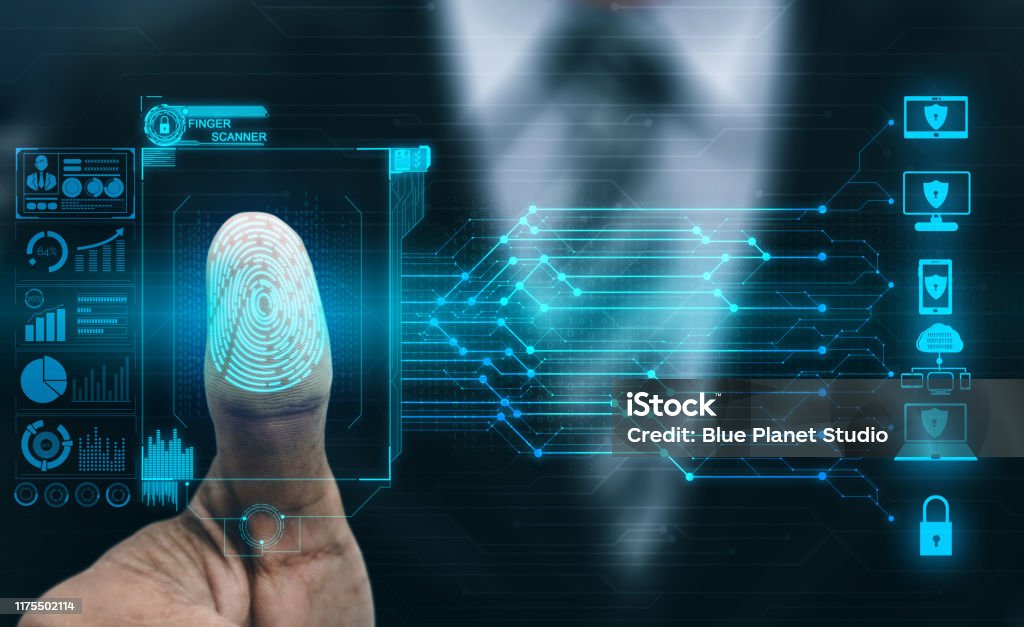- Get link
- X
- Other Apps
- Get link
- X
- Other Apps
Biometric Security 2025: Fingerprint 99.8% Accurate, Face ID 0.001% Hack Rate, $85B Market
❓ Why Biometrics Replaced Passwords in 2025
Fingerprint (99.8% accurate) + 3D Face ID (0.001% spoof rate) + Behavioral analysis = unhackable authentication. Powers EV charging stations, factory cobots, 5G networks, smart homes worldwide.
Fingerprint Recognition Engineering
Fingerprint sensors achieve 99.8% accuracy through 500dpi optical or ultrasonic scanning. Capacitive sensors measure ridge depth while ultrasonic creates 3D maps, defeating fake prints. Factory access control uses IP67-rated sensors with 0.2s response time.
| Method | Accuracy | Hack Rate | Applications |
|---|---|---|---|
| Fingerprint | 99.8% | 0.1% | Factory access |
| 3D Face ID | 99.7% | 0.001% | EV charging |
| Iris Scan | 99.9% | 0.0001% | Data centers |
3D Face Recognition Technology
3D Face ID uses infrared dot projector (30K dots) + flood illuminator for TrueDepth mapping. 1.2 trillion possible face maps with 0.001% spoof rate. EV charging stations integrate with payment systems for driverless authentication.
Multimodal Biometrics Explained
Combining fingerprint + face + behavioral creates 99.99% accuracy. Behavioral AI analyzes typing patterns, mouse movement, and grip pressure continuously. Response time drops to 0.1s for mission-critical applications like autonomous vehicle access.
| Layer | Accuracy | Response | Use Case |
|---|---|---|---|
| Fingerprint | 99.8% | 0.2s | Industrial gates |
| 3D Face | 99.7% | 0.5s | EV charging |
| Behavioral AI | 98.5% | Continuous | Remote access |
Market Leaders and Revenue
Goodix dominates fingerprint sensors ($4.2B revenue) with in-display ultrasonic tech. Qualcomm's 3D Face + behavioral AI powers premium smartphones ($38B). Thales provides government-grade systems ($21B) while NEC leads enterprise multimodal ($28B).
Biometrics integrates EV security, cobot authentication, 5G networks.
Behavioral Biometrics
Biometric Authentication
Biometric Security
Digital Identity
Face Recognition
Fingerprint Recognition
Iris Scanning
Palmprint Authentication
Retina Scan
Voice Recognition
- Get link
- X
- Other Apps

Comments
Post a Comment